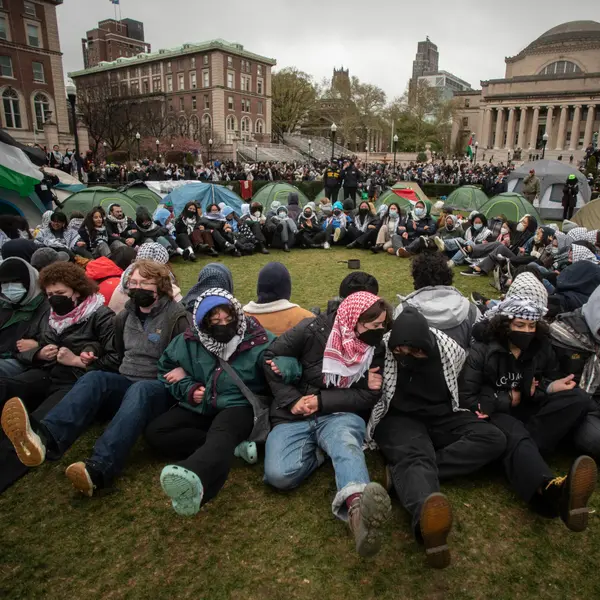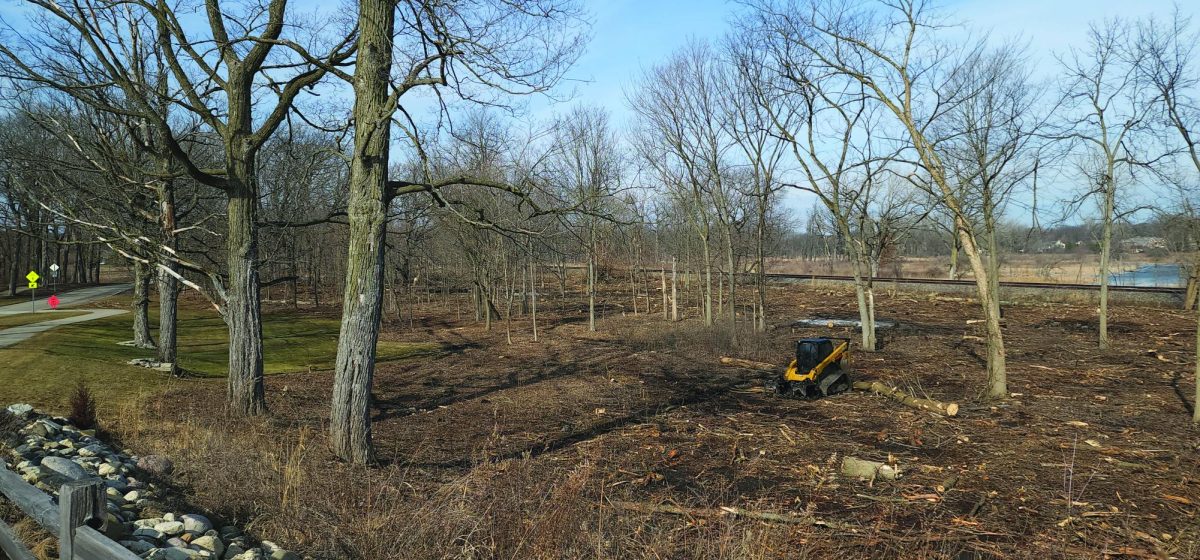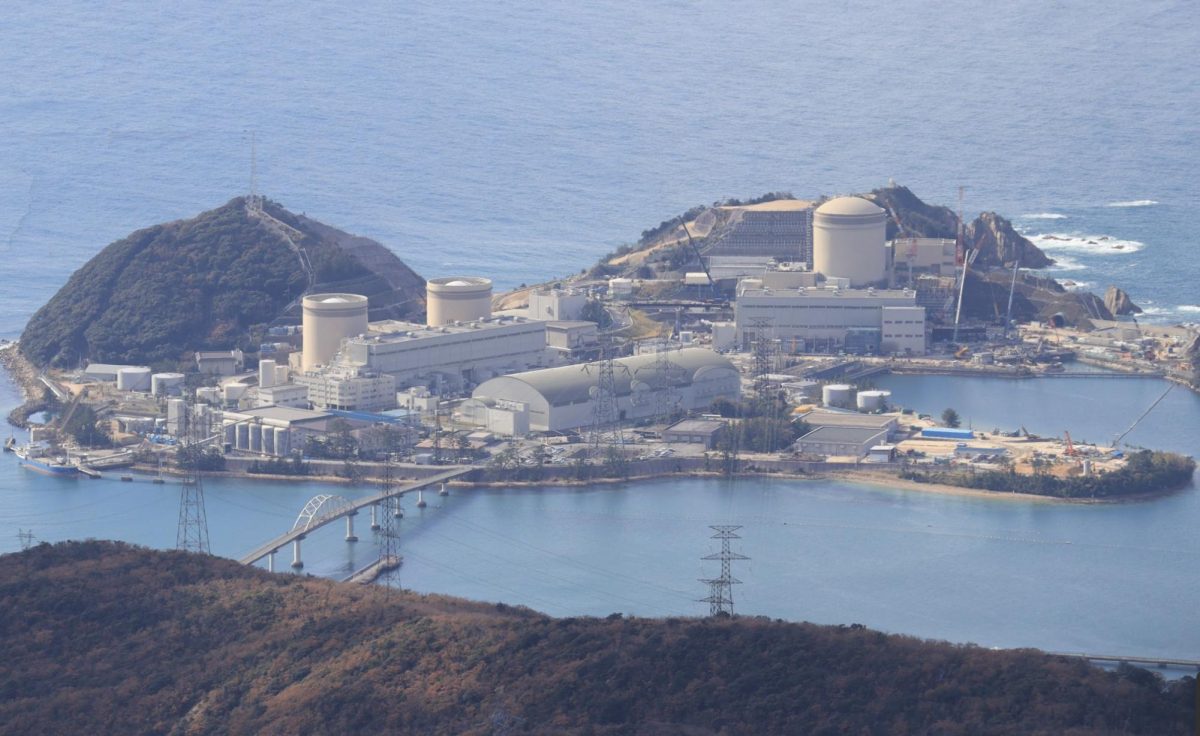
Your summer was most likely interrupted by many “Extreme Heat Alert!” or “Dangerous Air Quality!” notifications. In early May, Canada was ambushed by wildfires. By early June, New York was filled with orange, apocalyptic smoke. July was the month of dangerous heat levels and the month when Typhoon Doksuri visited Asia. In August, heat rose – and in Maui, Hawaii – devastating wildfires destroyed the town of Lahaina. Southern California was flooded by Tropical Storm Hilary. The wild series of disasters which is the summer of 2023 has many people asking- is this the new normal?
Kevin Hagen, AP Environmental Science teacher, attempted to approach this question. “With record temperatures happening this summer from around the world and with unprecedented ocean heat, people rightfully want to know what this means in greater context of what normal is and how this impacts regions of the world and people in the future. That in itself is so hard to understand”. It is hard to say what the “new normal” (in terms of extreme weather) is, but following the rising trends of global warming and climate change, heat waves, hurricanes, and storms could possibly become bigger threats as well. “Hurricane Lee (a major hurricane that formed in early September in the North Atlantic) intensified +90 mph wind speed in just 30 hours, shattering the prerequisite of +35 mph in 24 hours. So,what maybe wouldn’t have developed into a category 5 storm 50 years ago, now does,” said Hagen. Hagen also describes how some of this “rapid intensification” is because of “warmer ocean temperatures [which] are one of the factors that can increase hurricane size, wind speed, and moisture”. Climate change is not the only reason for these extreme storms and heat waves, but it does tie most of these seemingly sporadic events together.
Scientists believe that the intensity and severity of recent wildfires, such as the ones in Quebec, were about 50% more intense because of human-induced climate change. In Canada, nearly 16 million hectares (39,536,861 acres) have burned. Maui’s wildfires have caused major destruction to its land as well.
The historical town of Lahaina in Maui was nearly completely burned by the fires. On the island, many people are left without homes. 115 people have passed away, and as of mid September, 66 are still missing. LFA junior,A resident of Honolulu, Hawaii, Aaron Ing ’25 was not affected by the fires. However, Ing was able to see the aftermath that occurred from the tragedy. “The town that the fire destroyed was also a very famous historical site and a popular tourist destination,” Ing said. It showed a lot of the culture that Hawaii had to offer, and now it’s gone”. He emphasized how Hawaii hasn’t seen anything that has corresponded to this level of destruction that this fire has caused. “The only thing [in comparison to destruction of the Maui wildfire] I could think of is the lava that occasionally erupts from maunaloa and kilauea on the big island.” Ing explained that the wildfire began due to electrical currents, and because of global warming’s increase in temperatures, the fire was easily spread throughout the entire island.
Provinces and islands were being destroyed by fires as coasts, states and countries fell victim to storms. In late July, Typhoon Doksuri hit the Philippines, Taiwan, China, and Vietnam. The Typhoon tore its way through the four countries causing extensive damage. In 9 out of the 17 Philippines regions were heavily flooded. Doksuri killed 137 people. Typhoon Doksuri expenses amounted to over $15 billion USD. Storms are becoming more and more expensive. Hagen agrees, “What I can say with confidence is that storms are becoming more expensive. The number of billion and multibillion dollar disasters is increasing”. Typhoon Doksuri was close to the costliest typhoon on record in China. Later, in August, Hurricane Hilary swept the pacifist coast of Mexico, the south of California and many other Southwest US States. Hilary resulted in nearly $14.7 million USD and broke four southwestern states’ records for wettest tropical cyclone or its remnants.
July 2023 was the hottest month in history. The heatwaves across the globe definitely contribute to the wild weather of this summer. The extreme heat waves were different than they have ever been. Heat waves across the globe were not only more frequently experienced but they also lasted longer and were more severe. These heat waves fueled other crises such as droughts and wildfires. It is easy to blame the climate crisis for inducing the heatwaves. At the end of the line, it’s human activities that have changed our atmosphere in ways that make temperatures rise.
This destructive and dangerous summer still leaves many wondering if they should expect to see more of these extreme events that occurred shockingly frequently this summer. There is no sure way to predict the scale or frequency of future events. But, global warming and human-induced climate change definitely play a part. There could, potentially, be a rise of extreme weather as our climate changes and our earth and oceans heat. Hopefully, in the future, we will be able to avoid the drastic damages many witnessed this summer.











